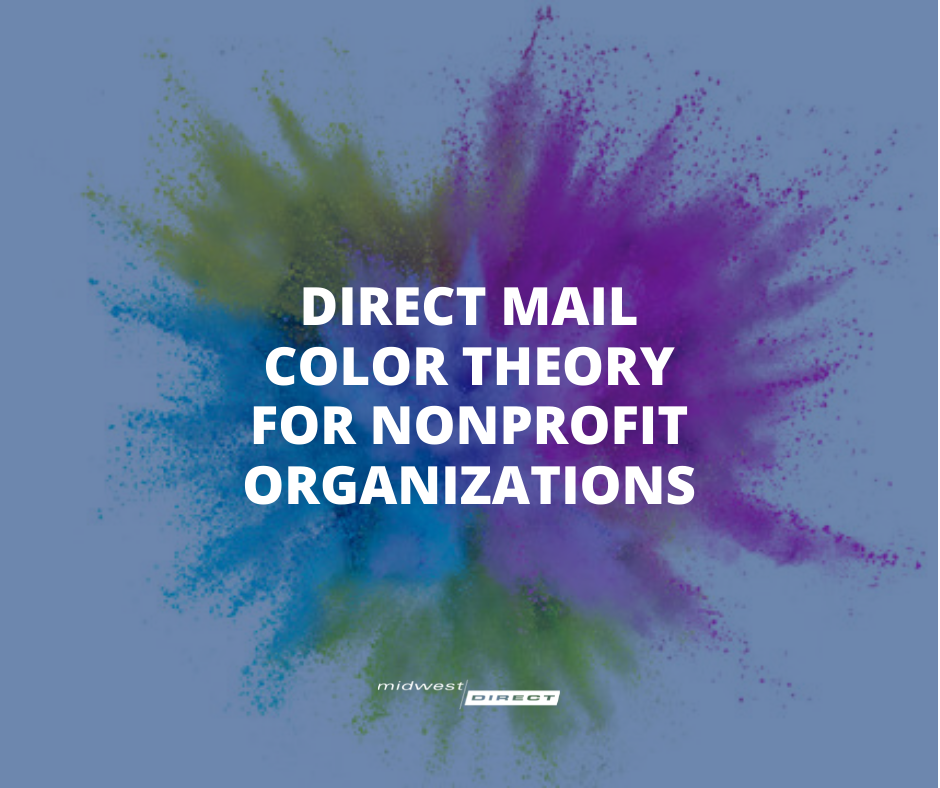Have you ever noticed that different colors make you feel different emotions? Do Target®’s bright red advertisements give you a sense of urgency? Do McDonald’s® bright yellow advertisements make you feel energetic and hungry? This is because specific colors have a psychological effect on the human brain which causes us to feel certain emotions. Color theory is the study of how color impacts perceptions and behaviors. It impacts how we think, behave, and interpret information. In direct mail campaigns, the colors portrayed on your mailpieces can actually affect whether or not consumers are persuaded to consider your company. As a nonprofit organization, the way colors affect your brand is especially important. A nonprofit organization’s colors should reflect its mission and values while also evoking action from potential donors. However, for some nonprofits, it can be difficult to choose colors that achieve these goals. So what do different colors say about your organization, and what emotions do they evoke from potential donors?
The Basics
To understand color theory, you first need to understand the basics. Remember that the primary colors are red, blue, and yellow. The secondary colors are purple, green, and orange. When white is added to a pure color, you get a tint. These often come off as pastel colors since they are not as intense as a pure color. When black is added to a pure color, you create a shade that darkens the brightness of pure colors. When gray is added to a pure color, you create a tone that can lower the intensity of a pure color. It’s essential to understand how tints, shades, and tones of colors can be used to evoke different emotions from potential donors. It’s also important to remember that each color will affect your message positively or negatively. This may seem complicated, but you can use the color wheel to find the perfect color combo for your mailpieces or contact us and we can get you connected with a color specialist!
Complementary Colors
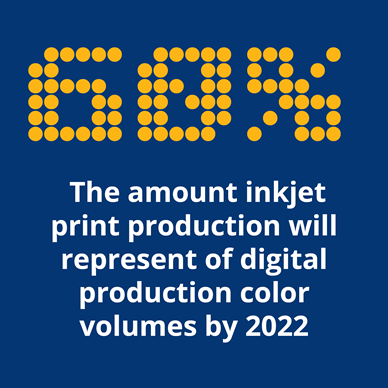
Complementary colors are opposite of each other on the color wheel and are used to make things stand out. For example, blue is the opposite of orange, red is the opposite of green, and yellow is the opposite of purple. We like to use a bright gold to complement our primary “Midwest Blue” in a lot of our designs. When the eye has been looking at a lot of the same color, using the opposite color is the easiest way to get something to stand out. Canva’s color wheel tool is excellent for finding complimentary colors for your mailpieces. Consider choosing a primary color first, then finding a complementary color to go along with it. Understanding color theory can also help you choose the best colors for your direct mail campaign.
Color Theory
It’s important to understand that color theory is moderately subjective. Previous experiences, cultures, genders, ages, and memories can all affect how we react to colors. However, while not everyone will respond to colors in the same way, there are a few generalities about how people respond to specific colors.
Black:

The color black can evoke feelings of sophistication, seriousness, control, independence, boldness, or unhappiness. It can also be used to represent mystery, depression, and even death. It is an excellent color for contrast, but it is a powerful color that can cause sadness and negativity if used poorly.
Examples: WWF®, PBS®, Invisible Children, Amnesty International.
White:
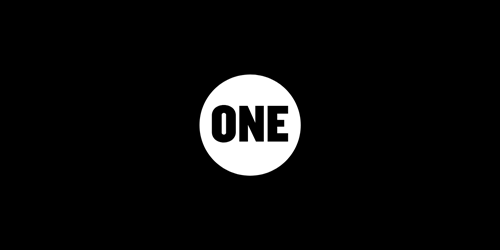
The color white can represent new beginnings, a blank slate, and show new ideas. It also represents purity, cleanliness, innocence, and peace. It is the perfect color for simplicity but, if overused, can cause feelings of isolation and emptiness.
Examples: Free the Slaves®, Hillsong, One Campaign.
Gold:

Gold is often used to show luxury, treasure, confidence, and charm. It can also represent friendliness, abundance, and prosperity. However, if overused, gold can seem egotistical and proud.
Examples: Candid, GuideStar®, Gold Foundation.
Brown:

Brown represents structure, security, and protection. When black is too intense, brown is a perfect substitution. In marketing, brown is typically associated with reliability and dependability.
Examples: OSIWA, On the Ground, Growing Gardens.
Blue:

The color blue is most often associated with feelings of trust, reliability, responsibility, and calmness. Most studies have shown that blue is the preferred color by both men and women as it is expressive, but not aggressive.
Examples: Make A Wish®, Unicef, Center for Civil Justice, Water.org®.
Green:

Green is often used for environmentally-focused nonprofits as it represents balance, harmony, sustainability, nature, and peace. It is also a sign of growth.
Examples: Humane Society International, Friends of the Earth, Nature Conservancy®, Cleveland Zoological Society.
Yellow:

Yellow is a popular color for brands since it represents happiness, joy, and optimism. Additionally, the color yellow has been proven to increase confidence. Yellow is also the most natural color to visibly see and is surprisingly one of the first colors we recognize as infants.
Examples: Livestrong Foundation©, International Rescue Committee, Charity: Water.
Orange:

The color orange combines the power from red with the cheerfulness from yellow to evoke feelings of warmth, motivation, positivity, and enthusiasm. Orange is also a great color to stimulate hunger.
Examples: Stand Up To Cancer®, Care.org®, The Michael J. Fox Foundation, World Vision®.
Red:
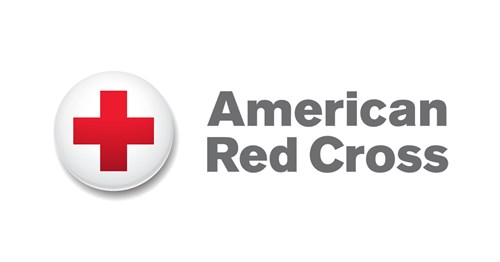
Red represents power, love, strength, energy, and aggression. Brands that are looking to grab attention quickly should consider using the color red. The color red increases a person’s respiration rate and raises their blood pressure. However, because red has such a commanding presence, it should be used sparingly to avoid negative emotions.
Examples: American Red Cross, American Heart Association®, Save the Children®.
Pink:

The color pink is a softer, less intense red. It soothes rather than stimulates and represents empathy, sensitivity, romance, and a sign of hope. This is why the color pink is often associated with women’s health organizations.
Examples: Susan G Komen®, Pink Ribbon®, Pink Heals Foundation, Girls on the Run.
Purple:
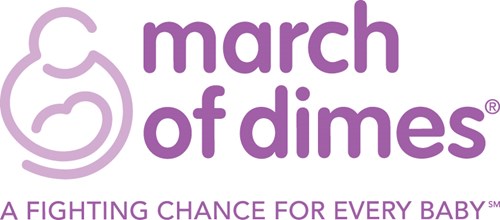
Purple has often been associated with luxury. It represents loyalty, courage, power, energy, spirituality, and imagination. The color soothes, but also allows for mystery and new ideas which is why creativity is most often associated with the color purple.
Examples: The Children’s Society, National Women’s Health Network, A March of Dimes®.
When it comes to what colors to choose for your mailpiece design as a nonprofit organization, remember that you are telling a story of who you are without using words. Your chosen colors should reflect that story and interest potential donors into taking action.
Although we cannot choose your colors for you, our team can help you reflect your brand’s mission and evoke action from potential donors with an eye-catching and effective direct mail campaign. Contact us to learn more.

